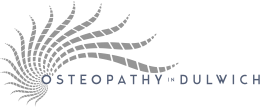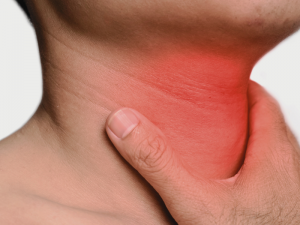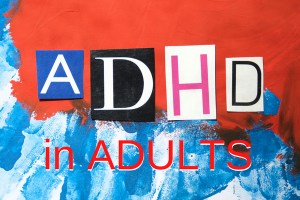It’s Pilates but not as you know it, the pace is slower with time to reflect, its a bit like interval training the changes happen during the rest periods. It’s based on science, and has a slightly different focus, let me explain…
Somatic based exercise be that a pilates class or any other form helps to re-educate us, both mind and body to move in a more beneficial, energy saving efficient way, which can help reduce pain and manage daily stress, great!
The word Somatic comes from the Greek “somatikos” which means experienced and regulated from within (the body). The concept of somatics proposes that neither your body nor your mind is separate from the other.
Is somatic pilates, really pilates?
Yes, it’s based on the principles of Joseph Pilates’ original method, the awareness principle of the Pilates method but taken to a deeper level, blended with our new scientific understanding of how we learn movement and how our brain can trick our bodies into perceiving increase tension, danger and pain.
Here’s the science bit
The word Somatic was first coined by the philosopher Thomas Hanna (1928 – 1990) who was a student of Feldenkrais and inspired by the Alexander Technique, (both somatic practitioners without actually using the term). Hanna devoted years to researching and exploring the links between our physical and psychological well-being, how we have the capacity to alter both behavioural and bodily health through awareness and control of the way in which our bodies move. He founded the Novato Institute of Somatic Research specifically to study the impacts of “movement awareness”.
Somatic principles are used in many movement and exercise disciplines, from dance, tai chi, bodywork, some forms of psychotherapy and spiritual practices such as walking meditation. There were many early pioneers Mabel Todd and Lulu Sweigard are two who along with Feldenkrais and Pilates paved the way for Hanna to explore. Fundamentally they all had the same aims, improving body awareness, joint alignment while building strength from the inside.
What happens in a Somatic Pilates Class?
Like a regular Pilates classes floor based movements are utilised, you will learn and explore effective, safe and simple movements, to regain sensation, and motor control of muscles, which will help relax the tension patterns that are often the root cause of much musculoskeletal pain. With practice this repatterning or sensory motor training creates improved muscle function and enhanced awareness so the brain remembers how to relax and move muscles properly and efficiently.
Patients and clients report that they experience pain relief, muscle relaxation and overall feelings of wellbeing. Somatic pilates is suitable for anyone over 18 yrs. Children, teenagers and those with complex pain or mobility issues are better served in individual sessions. No previous pilates or exercise experience is required, its a guided supported exploration, like a guided meditation.
I have been using a somatic approach in my individual and clinical session for a number of years and introduced group classes in late 2015, the response so far has been very positive.







